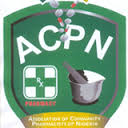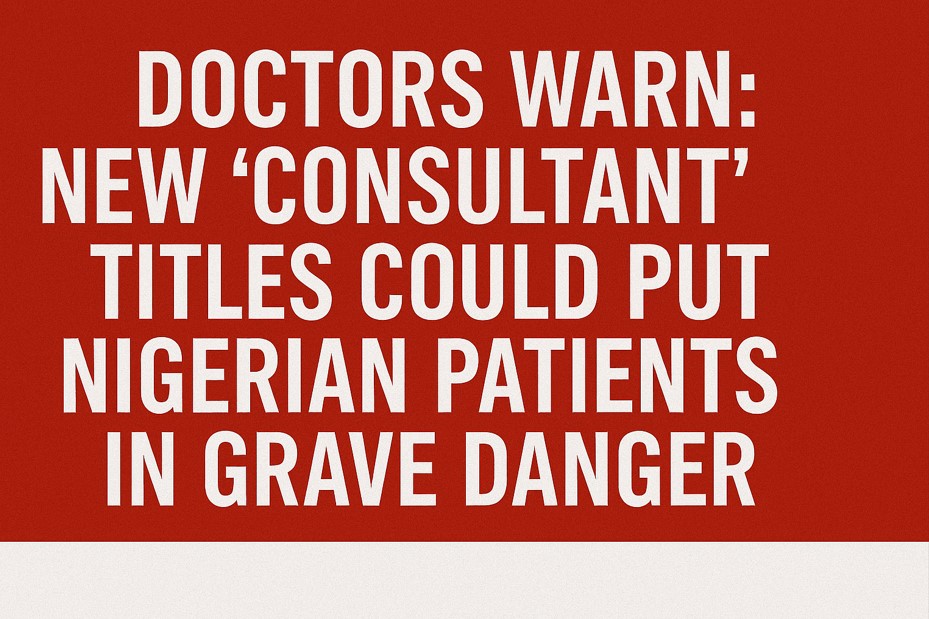DESPITE recent advances in the containment and treatment of the Human Immunodeficiency Virus/Acquired Immune Deficiency Syndrome around the world, Nigeria appears to be losing the battle against the dreaded disease. Rather than witness a decline, as is the case in other parts of the world, new cases of infection have been on the rise, thus making a mess of the global prospects of a total eradication of the disease, which is actually eradicable, even if not yet curable.
The United Nations, at its 70th General Assembly in New York this year, set a 2030 target to end the spread of the disease. Recent figures released by the Nigerian authorities, however, paint a gloomy picture, which, if not addressed urgently, could become a recipe for disaster. While the National Agency for the Control of AIDS states that Nigeria has the highest number of children born with HIV/AIDS, the National AIDS/STIs Control Programme of the Federal Ministry of Health released statistics showing that 115,688 Nigerians tested positive for the virus in the first half of this year.
Added to this dire situation is a warning from the Federal Government that donor countries, including the United States, might withdraw their financial support for the treatment programme in Nigeria by next year. Nothing could be more dreadful for a country that pays only lip service to health care delivery, where the rich and those who can afford it rush abroad for medical attention even for ailments as minor as a headache or a sprained ankle.
 Details of the ministry’s report showed that the 115,888 unfortunate Nigerians were part of a counselling and testing programme that involved 2,871,025 people around the country. This should send the alarm bells ringing for the authorities. If a testing programme involving just 2,871,025 people could produce 115,888 new positive cases, what happens if the scope had been much wider? Besides, this is a country with a population estimated at over 170 million. What is the implication for a country whose statistics are not usually reliable?
Details of the ministry’s report showed that the 115,888 unfortunate Nigerians were part of a counselling and testing programme that involved 2,871,025 people around the country. This should send the alarm bells ringing for the authorities. If a testing programme involving just 2,871,025 people could produce 115,888 new positive cases, what happens if the scope had been much wider? Besides, this is a country with a population estimated at over 170 million. What is the implication for a country whose statistics are not usually reliable? This development makes mincemeat of the often peddled claim that there are about 3.5 million Nigerians living with HIV/AIDS, second in prevalence rate only to South Africa in the world. The view that the figure could be grossly understated is also supported by the fact that the country has the highest number of children born with the virus, which is also another embarrassment in itself, given that transmission from mother to child is easily preventable.
However, the failure of the mother-to-child transmission programme is not a recent development as it has been consistently so for some years now. A 2013 United Nations report, for instance, did not mince words in saying so. “Nigeria has the largest number of children acquiring HIV infection, nearly 60,000 in 2012 – a number that has remained unchanged since 2009,” the report said. An official of the US Centres for Disease Control and Prevention, Margaret Lampe, had also said last year that the number of people living with HIV/AIDS in Nigeria had increased by almost 500,000 in three years, just as the number of deaths related to the virus claimed 217,148 lives within the same period.
Although HIV, as the name implies, is a virus that attacks the human immune system, it does not kill. It however compromises the ability of a person to fight off diseases. By the time the attack on the immune system progresses to the stage of AIDS, the patient becomes a victim of opportunistic diseases that ordinarily could have been kept at bay. This natural progression is, however, preventable by administering the anti-retroviral therapy, which keeps down the viral load and allows a person living with the virus to live a normal life.
As usual, the failure to make progress in the areas of mother-to-child transmission and tangible reduction in the number of new infections is traceable to the absence of sufficient government support. For instance, of the estimated 3.5 million people living with HIV/AIDS, only 700,000 have access to ART, according to Abdulrahman Momodu, the Chairman, the Board of Trustees, Network of People Living With HIV/AIDS. This has been made possible mainly by contributions of donor countries and agencies. Why has the government not filled the gap of 2.8 million that is not covered by the foreign sponsorship?
This is the problem that will be encountered when this sponsorship is lost next year. But it should not be the case; government at all levels owes it a duty to step up involvement in this serious public health issue. Apart from subsidising the cost of medication for those who cannot afford it, there is also the need to raise the level of awareness among Nigerians, especially those in the sexually active age bracket, who are also the most vulnerable. Access to treatment plays a dual role of not only ensuring that those infected with the virus do not come down with AIDS, it also reduces the rate of transmission.
For the sexually active, the message should be that of practising safe sex – avoidance of multiple sex partners and unprotected sex. Sharing of sharp objects such as hypodermic syringes, blade and barbing clippers should also be avoided. Enlightenment campaign over the years has nosedived, but it is the most potent weapon against HIV/AIDS. People should also endeavour to undergo tests to know their status; it goes a long way in determining what step to take next.
Source: Punch News
ABUJA: Training Schedule for Basic Life Support BLS, Pediatric Advanced Life Support (PALS), Advanced Cardiovascular Life Support ACLS, First Aid, CPR, AED
PORTHARCOURT: Training Schedule for Basic Life Support BLS, Pediatric Advanced Life Support (PALS), Advanced Cardiovascular Life Support ACLS, First Aid, CPR, AED
LAGOS: Training Schedule for Basic Life Support BLS, Pediatric Advanced Life Support (PALS), Advanced Cardiovascular Life Support ACLS, First Aid, CPR, AED



